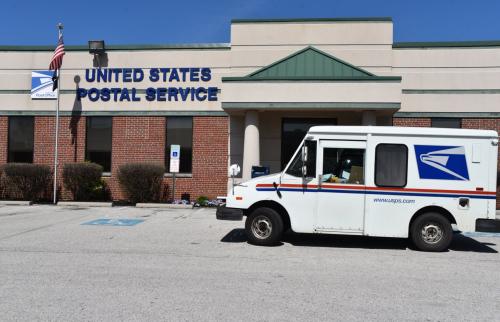The latest BLS jobs report shows little sign employers are worried about the future strength of the recovery. Both the employer and household surveys suggest U.S. employers have an undiminished appetite for new hires. Nonfarm payrolls surged 242,000 in February, and upward revisions BLS employment estimates for January added almost 21,000 to estimated payroll gains in that month.
The household survey shows even bigger job gains in recent months. An additional 530,000 respondents said they were employed in February compared with January. This follows reported employment gains of 485,000 and 615,000 in December and January. Over the past year the household survey showed employment gains that averaged 237,000 per month. In comparison, the employer survey reported payroll gains averaging 223,000 a month.
These monthly gains are about three times faster than the job growth needed to keep the unemployment rate from climbing. As a result, the unemployment rate has fallen over the past year, reaching 4.9 percent in January. The jobless rate remained unchanged in February because of a continued influx of adults into the workforce. An additional 555,000 people entered the labor force, capping a three-month period which saw the labor force grow by over 500,000 a month. The labor force participation rate continued to inch up, rising 0.2 percentage points in February compared with the previous month. Since reaching a 38-year low in September 2015, the labor force participation rate has risen 0.5 points.
More than half the decline in the participation rate between the onset of the Great Recession and today is traceable to the aging of the adult population. A growing share of Americans are in late middle age or past 65, ages when we anticipate participation rates will decline. If we focus on the population between 25 and 54, the participation rate stopped declining in 2013 and has edged up 0.6 percentage points since hitting its low point. The employment-to-population rate of 25-54 year-olds has increased 3.0 percentage points since reaching a low in 2009 and 2010. Using the employment rate of 25-54 year-olds as an indicator of labor market tightness, we have recovered about 60 percent of the employment-rate drop that occurred in the Great Recession. Eliminating the rest of the decline will require a further increase in prime-age labor force participation.
Two other indicators suggest the job market remains some distance from a full recovery. More than a quarter of the 7.8 million unemployed have been jobless 6 months or longer. The number of long-term unemployed is about 70 percent higher than was the case just before the Great Recession. Nearly 6 million Americans who hold part-time jobs indicate they want to work on full-time schedules. They cannot do so because they have been assigned part-time hours or can only find a part-time job. The number of workers in this position is more than one-third higher than the comparable number back in 2007. Nonetheless, nearly all indicators of labor market tightness have displayed continued improvement in recent months.
February’s surge in employment growth and labor force participation was accompanied by an unexpected drop in nominal wages. Average hourly pay fell from $25.38 to $25.35 per hour. Compared with average earnings 12 months ago, workers saw a 2.2 percent rise in nominal hourly earnings. Because inflation is low, this probably translates into a real wage gain of about 1 percent. While employers may have an undiminished appetite for new hires, they show little inclination to boost the pace of wage increases.
The Brookings Institution is committed to quality, independence, and impact.
We are supported by a diverse array of funders. In line with our values and policies, each Brookings publication represents the sole views of its author(s).



Commentary
Robust job gains and a continued rebound in labor force participation
March 4, 2016